Table of Contents
Introduction
In the realm of agriculture, pests are one of the most significant challenges that farmers face. They threaten crop yields, which can directly impact a farmer’s livelihood. Traditional pest control methods often rely on synthetic pesticides, which, while effective in the short term, can have detrimental effects on the environment, human health, and biodiversity.
In contrast, organic pest control offers a sustainable alternative that not only protects crops but also fosters a healthier ecosystem. This blog delves into the principles and practices of organic pest control, highlighting its importance for personal and professional success in sustainable agriculture.
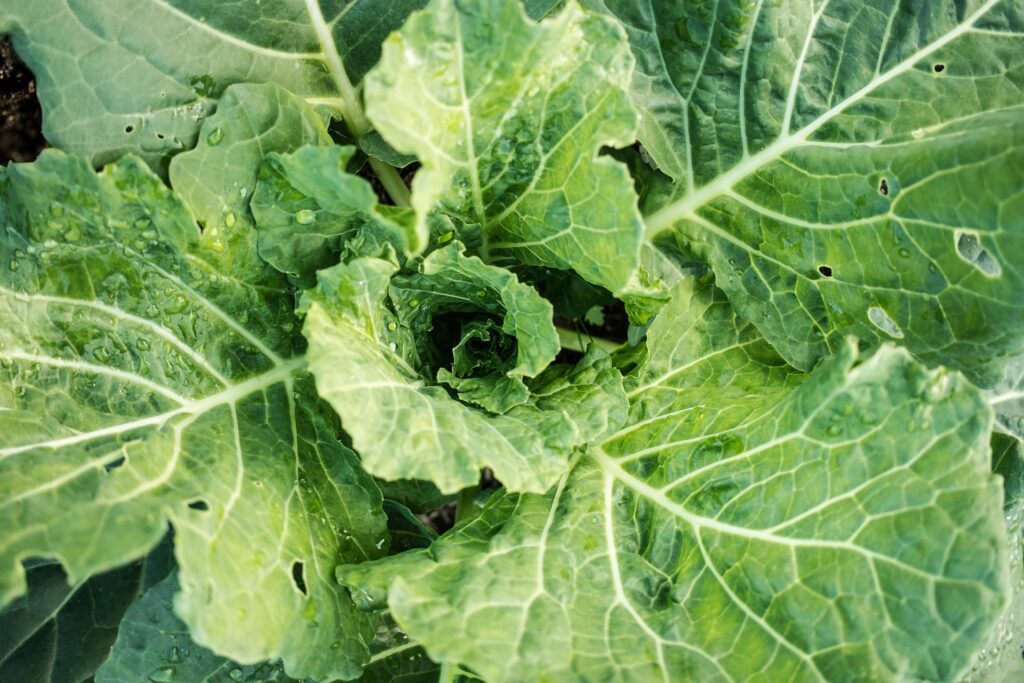
1: Understanding Organic Pest Control
Overview of Organic Farming Principles
Organic farming is grounded in principles that prioritize ecological balance, biodiversity, and sustainability. These principles extend to pest management, where the goal is not merely to eliminate pests but to manage them in a way that minimizes harm to the environment and human health.
Organic pest control focuses on understanding pest life cycles, promoting natural predators, and using cultural practices that enhance plant resilience.Organic farming emphasizes:
- Health: Enhancing soil health and crop vitality.
- Ecology: Working with natural ecosystems rather than against them.
- Fairness: Ensuring equitable relationships among farmers, consumers, and the environment.
- Care: Taking responsibility for future generations by practicing sustainable agriculture.
Comparison with Conventional Methods
Conventional pest control typically involves the use of synthetic pesticides designed to kill pests quickly. While effective in the short term, these chemicals can lead to several adverse effects:
- Environmental Impact: Synthetic pesticides can contaminate soil and water supplies, harming non-target species and disrupting ecosystems. For example, runoff from agricultural fields can carry pesticides into nearby rivers and streams, affecting aquatic life.
- Health Risks: Exposure to chemical pesticides has been linked to various health issues in humans, including respiratory problems, skin irritations, neurological disorders, and even long-term chronic diseases like cancer.
- Pest Resistance: Over time, pests can develop resistance to synthetic chemicals. This leads to a cycle where farmers must use increasingly potent chemicals or higher doses to achieve the same level of control.
In contrast, organic pest control emphasizes prevention and sustainable practices that work in harmony with nature. By fostering an ecosystem that supports beneficial organisms and reduces pest populations naturally, organic methods promote long-term agricultural health.
2: Key Strategies for Organic Pest Control
Crop Rotation
Definition and Benefits: Crop rotation involves alternating the types of crops grown in a specific area over time. This practice disrupts pest life cycles by preventing pests from establishing themselves in a single crop type.
For example, rotating legumes with cereals can help fix nitrogen in the soil while reducing pest populations associated with specific plants.Examples of Effective Crop Rotation Practices:
- Planting legumes (such as beans or peas) one year followed by root vegetables (like carrots or beets) the next can help break cycles of soil-borne diseases.
- Alternating between heavy feeders (like corn) and light feeders (like squash) helps maintain soil fertility and reduces nutrient depletion.
Companion Planting
Explanation of Companion Planting: Companion planting involves growing different plants together for mutual benefit. Certain plants can repel pests or attract beneficial insects when planted alongside crops.Specific Plant Pairings That Enhance Pest Control:
- Marigolds with Tomatoes: Marigolds emit compounds that deter nematodes and certain insects while attracting pollinators.
- Basil with Peppers: Basil can repel aphids and spider mites while enhancing the flavor of nearby pepper plants.
- Nasturtiums with Cabbage Family Plants: Nasturtiums act as a trap crop for aphids, drawing them away from cabbage plants.
Natural Predators
Importance of Introducing Beneficial Insects: Encouraging natural predators is a cornerstone of organic pest control. Beneficial insects such as ladybugs, lacewings, and predatory wasps feed on common pests like aphids and caterpillars.Techniques for Attracting Natural Predators:
- Planting flowering plants such as dill, fennel, or yarrow provides nectar and pollen for beneficial insects.
- Creating habitats such as insect hotels or leaving areas of your garden undisturbed can encourage predator populations.
- Using cover crops during off-seasons helps maintain habitats for beneficial insects.
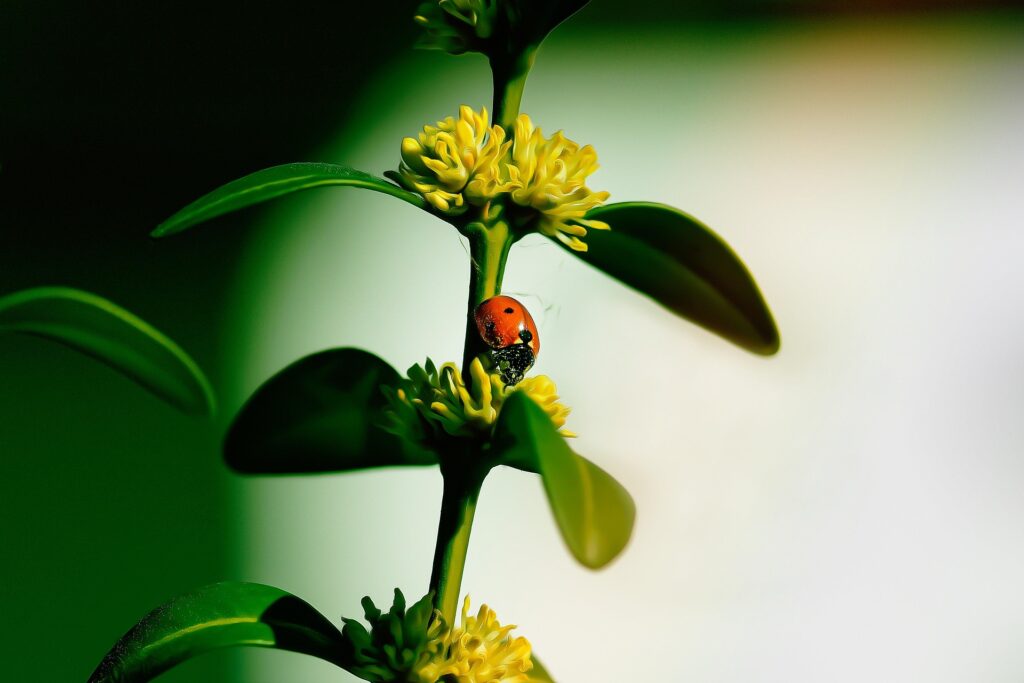

Homemade Organic Pesticides
Recipes for Creating Effective Homemade Pesticides:
- Neem Oil Spray:
- Mix 2 tablespoons of neem oil with 1 teaspoon of liquid soap in a quart of water. Spray on affected plants to deter pests like aphids and whiteflies.
- Neem oil disrupts the life cycle of pests without harming beneficial insects when applied correctly.
- Soap Spray:
- Combine 1 tablespoon of liquid soap with 1 quart of water. This solution suffocates soft-bodied insects like aphids when sprayed directly on them.
- Ensure that the soap used is free from additives like fragrances or degreasers that could harm plants.
- Garlic Spray:
- Blend several cloves of garlic with water and strain the mixture. Dilute this solution with more water before spraying it on plants to repel various pests.
- Chili Pepper Spray:
- Combine crushed red pepper with water and let it steep overnight before straining it. This spicy solution deters many insects due to its strong scent.
Discussion on Efficacy and Safety: Homemade organic pesticides can be effective against common pests while being safer for humans and beneficial insects compared to synthetic alternatives. However, it’s essential to test any new spray on a small area first to ensure there are no adverse reactions from the plants.
Physical Barriers
Physical barriers are an essential component of organic pest management strategies. They serve as a proactive approach to prevent pests from accessing crops, thereby reducing the need for chemical interventions.
This method aligns with the principles of organic farming, which prioritize sustainability, environmental health, and the promotion of biodiversity. Below, we will explore the various types of physical barriers, their effectiveness, and their implementation in organic farming.
What Are Physical Barriers?
Physical barriers are structures or materials that obstruct pests from reaching plants. These barriers can take many forms, including nets, row covers, fences, and traps. By creating a physical separation between pests and crops, farmers can effectively manage pest populations without resorting to synthetic pesticides.
Types of Physical Barriers
- Row Covers
- Description: Lightweight fabric covers that protect crops from flying insects while allowing sunlight and moisture to penetrate.
- Application: Row covers can be placed over young seedlings or entire beds of crops to shield them from pests such as aphids, cabbage worms, and beetles.
- Benefits: They not only deter pests but also provide some protection from harsh weather conditions, helping to maintain optimal growing environments.
- Insect Netting
- Description: Fine mesh netting designed to exclude specific pests while allowing beneficial insects and pollinators to access plants.
- Application: Commonly used around fruit trees or berry bushes to prevent birds and larger pests like squirrels from damaging crops.
- Benefits: Insect netting is effective against a wide range of pests without harming beneficial organisms.
- Copper Tape
- Description: A physical barrier that slugs and snails won’t cross due to the reaction between copper and their slime.
- Application: Placed around the base of pots or garden beds to deter these soft-bodied pests.
- Benefits: Offers a chemical-free solution for managing slugs and snails effectively.
- Mulching
- Description: A layer of material (organic or synthetic) applied to the soil surface around plants.
- Application: Helps suppress weeds and can deter certain soil-dwelling pests by creating an inhospitable environment for them.
- Benefits: In addition to pest control, mulching improves soil moisture retention and temperature regulation.
- Fencing
- Description: Physical barriers made from wood, wire, or plastic designed to keep larger animals such as deer, rabbits, and raccoons away from crops.
- Application: Installing fences around gardens or fields can significantly reduce damage from herbivorous pests.
- Benefits: Fencing is particularly useful for protecting vulnerable crops like vegetables and fruits.
- Traps
- Description: Devices designed to capture or kill pests; these can include sticky traps, pheromone traps, and mechanical traps.
- Application: Traps can be strategically placed throughout growing areas to monitor pest populations and reduce their numbers.
- Benefits: They provide a targeted approach to pest management without affecting non-target species.
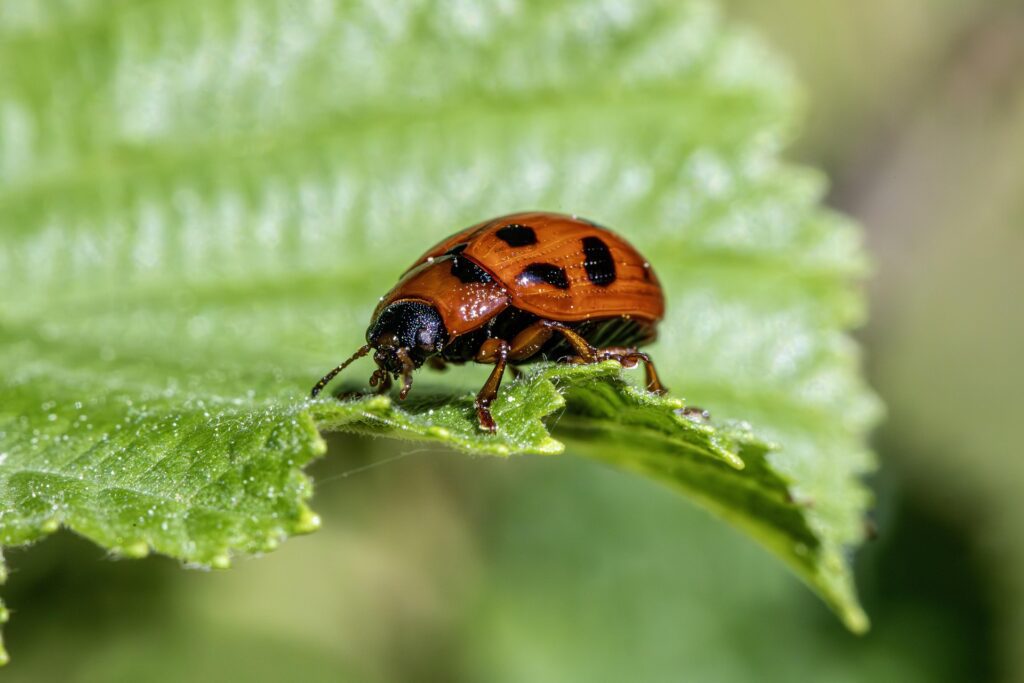

Effectiveness of Physical Barriers
Physical barriers are generally considered effective in preventing pest access when properly implemented. Their success depends on several factors:
- Material Quality: The durability and design of the barrier materials can influence their effectiveness. For example, high-quality insect netting should have small enough mesh openings to prevent even tiny pests from passing through.
- Installation Techniques: Proper installation is crucial for ensuring that barriers function as intended. Gaps or openings can allow pests to bypass barriers entirely.
- Monitoring and Maintenance: Regularly checking barriers for wear and tear is essential. Damaged barriers should be repaired or replaced promptly to maintain their protective capabilities.
Advantages of Using Physical Barriers
- Environmental Safety: Physical barriers do not rely on chemicals, making them safe for both humans and beneficial organisms in the ecosystem.
- Targeted Pest Control: By using physical methods, farmers can selectively exclude harmful pests while allowing beneficial insects access to crops.
- Cost-Effectiveness: Although initial setup costs may be involved (e.g., purchasing nets or fencing), physical barriers can lead to long-term savings by reducing reliance on chemical treatments.
- Simplicity of Use: Many physical barrier methods are straightforward to implement and require minimal ongoing management compared to chemical applications.
- Enhanced Crop Health: By protecting plants from pests without chemicals, physical barriers contribute positively to overall crop health and yield quality.
Challenges in Implementing Physical Barriers
While physical barriers offer numerous benefits, there are also challenges associated with their use:
- Initial Costs: The upfront investment in materials for barriers may be higher than traditional pest control methods.
- Labor Intensity: Installing and maintaining physical barriers can require more labor compared to simply applying pesticides.
- Limited Efficacy Against Certain Pests: Some highly mobile pests may still find ways around physical barriers if not properly managed.
- Weather Considerations: Severe weather conditions (like strong winds) may damage physical barriers or necessitate frequent adjustments.
3: Integrated Pest Management (IPM)
Definition of IPM
Integrated Pest Management (IPM) is a holistic approach that combines various strategies for managing pests sustainably. It focuses on understanding pest behavior and ecology while minimizing risks to human health and the environment.
Components of IPM
- Monitoring Pest Populations: Regularly inspecting crops for signs of pests allows farmers to identify problems early before they escalate. This includes scouting fields for visual signs of damage or using traps for monitoring insect populations.
- Cultural Controls: Implementing practices such as crop rotation, intercropping (growing different crops together), maintaining healthy soil through composting, and selecting resistant plant varieties helps prevent pest infestations.
- Biological Controls: Utilizing natural predators or parasites to manage pest populations effectively—such as introducing ladybugs for aphid control—reduces reliance on chemical treatments.
- Mechanical Controls: Using traps or physical barriers as preventive measures against pests is an integral part of IPM strategies.
- Chemical Controls as Last Resort: If other methods fail or if pest populations exceed economic thresholds (levels at which they cause unacceptable damage), using organic-approved pesticides should be considered as a last resort rather than the first line of defense.
4: Benefits of Organic Pest Control
Environmental Protection
Organic pest control methods reduce pollution by avoiding synthetic chemicals that can contaminate soil and water sources. By promoting biodiversity through natural predator relationships and healthy ecosystems, organic farming contributes positively to environmental sustainability.
Health Benefits
By minimizing exposure to harmful pesticides, organic farming promotes healthier food options for consumers. This is particularly important given rising concerns about pesticide residues in food products linked to various health issues such as endocrine disruption or developmental problems in children.
Economic Advantages
Organic farming can lead to cost savings in the long run by reducing dependency on expensive chemical inputs. Additionally:
- Organic produce often commands higher market prices due to growing consumer demand for sustainably sourced food products.
- Farmers who successfully implement organic pest control strategies may experience lower input costs over time due to reduced reliance on purchased pesticides.
5: Personal and Professional Growth Through Organic Pest Control
Skill Development
Skill development refers to the process of acquiring, improving, and enhancing a wide range of skills and competencies that are essential for personal and professional growth. In today’s fast-paced and ever-changing world, the importance of skill development cannot be overstated.
It plays a crucial role in helping individuals adapt to new challenges, enhance their employability, and achieve their career goals. This detailed exploration will cover the significance of skill development, its various types, methods of acquisition, and its impact on personal and professional success.
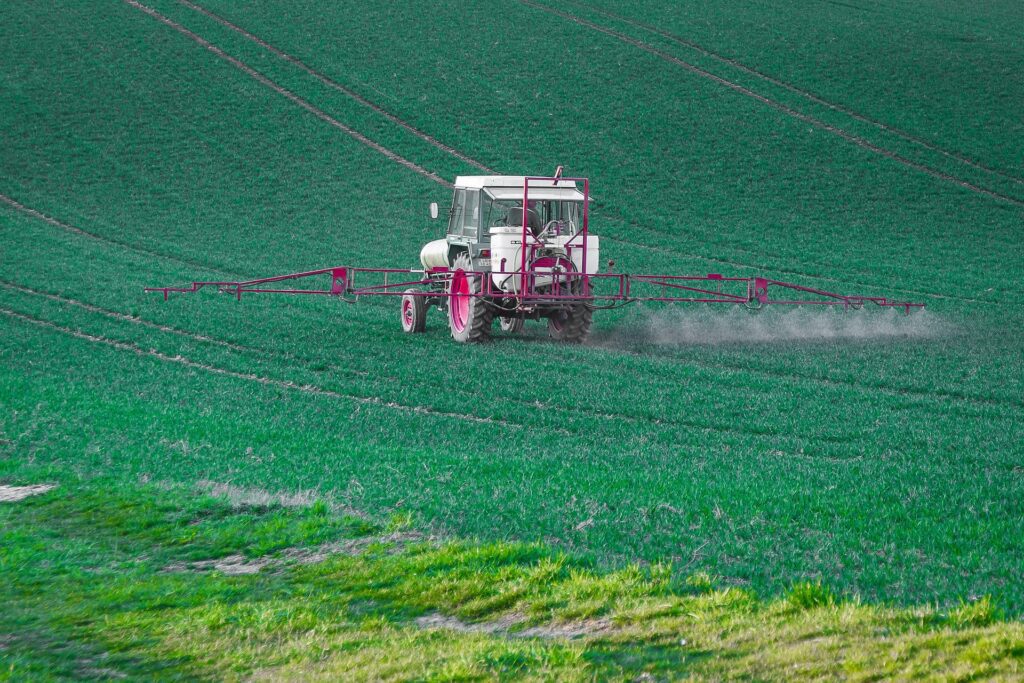

Importance of Skill Development
- Adaptability to Change:
- The modern workplace is characterized by rapid technological advancements and evolving job roles. Skill development enables individuals to stay relevant by equipping them with the necessary tools to adapt to these changes.
- For example, as industries increasingly incorporate artificial intelligence and automation, workers with skills in data analysis or programming are more likely to thrive.Organic Pest Control
- Enhanced Employability:
- Employers today seek candidates who possess a diverse skill set. Developing both technical skills (like coding or graphic design) and soft skills (such as communication and teamwork) significantly improves an individual’s employability. Studies have shown that candidates with a well-rounded skill set are more attractive to potential employers.Organic Pest Control
- Career Advancement:
- Continuous skill development is often linked to career progression. Employees who actively seek to improve their skills are more likely to receive promotions and salary increases. For instance, mastering leadership or project management skills can pave .the way for managerial positions within an organization.Organic Pest Control
- Increased Confidence:
- Acquiring new skills boosts self-esteem and confidence. As individuals gain proficiency in specific areas, they become more self-assured in their abilities, whether it’s public speaking, problem-solving, or managing teams. This newfound confidence often translates into improved performance at work.Organic Pest Control
- Improved Job Performance:
- With enhanced skills, individuals can perform tasks more efficiently and effectively. Whether it’s mastering new software programs or refining time management techniques, stronger skills lead to higher quality work and increased productivity.Organic Pest Control
- Lifelong Learning:
- Skill development fosters a culture of lifelong learning, encouraging individuals to continuously seek knowledge and improvement throughout their careers. This mindset is essential in a world where industries are constantly evolving.
Types of Skills
Skill development encompasses various types of skills that can be categorized into two main groups:
- Technical Skills:
- These are specific abilities required to perform particular tasks or functions within a job role. Examples include programming languages (e.g., Python or Java), data analysis, graphic design, or technical writing.Organic Pest Control
- Soft Skills:
- Soft skills refer to interpersonal attributes that enhance an individual’s interactions with others. These include communication skills, teamwork, leadership, problem-solving abilities, emotional intelligence, and adaptability.Organic Pest Control
Methods of Skill Acquisition
Skill development can be achieved through various means:
- Formal Education:
- Pursuing degrees or certifications through educational institutions provides foundational knowledge and specialized training in specific fields.
- Training Programs:
- Many organizations offer internal training programs aimed at enhancing employees’ skills related to their current roles or preparing them for future positions.
- On-the-Job Experience:
- Practical experience gained through daily tasks allows individuals to develop skills in real-world settings. Job shadowing or mentorship programs can also facilitate skill acquisition.
- Self-Study:
- Individuals can take the initiative to learn new skills independently through online courses, tutorials, books, or workshops.
- Networking and Mentorship:
- Engaging with professionals in one’s field can provide valuable insights and guidance on skill development opportunities.
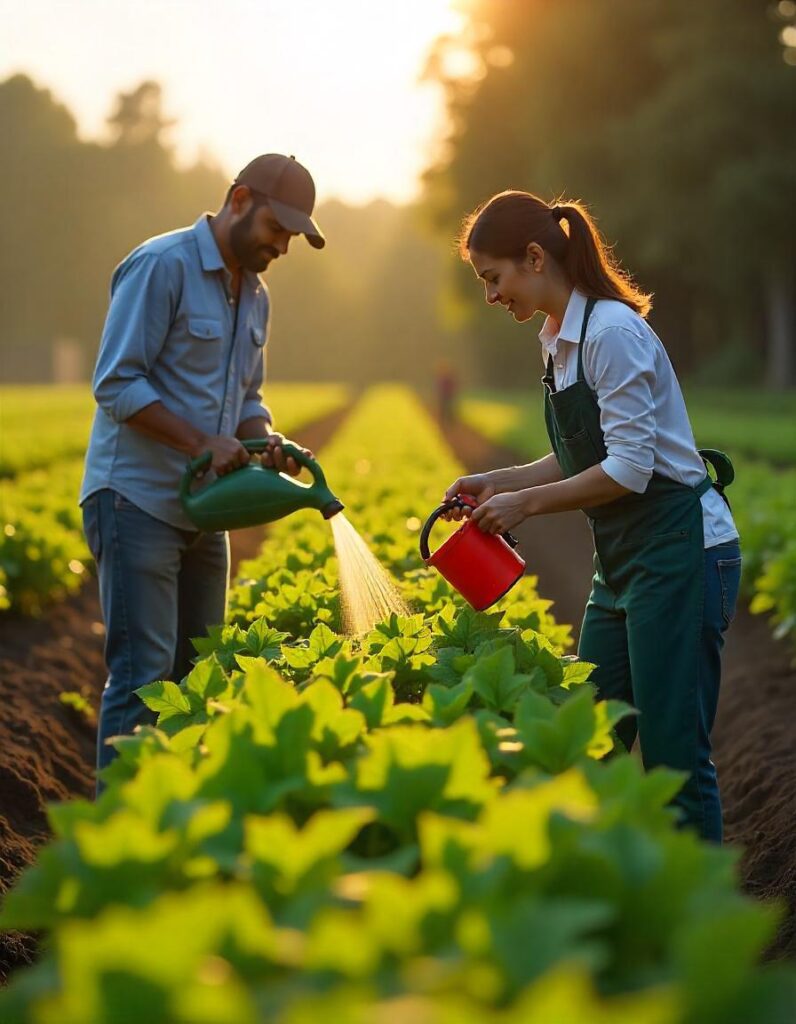

The Impact of Skill Development on Personal Growth
Skill development contributes significantly to personal growth by fostering holistic development across various dimensions:
- Cognitive Development:
- Acquiring new skills enhances cognitive abilities such as critical thinking, analytical reasoning, and problem-solving capabilities.
- Emotional Intelligence:
- Developing soft skills improves emotional intelligence by helping individuals better understand their own emotions and those of others, leading to improved relationships both personally and professionally.
- Resilience:
- Learning new skills often involves overcoming challenges and setbacks, which builds resilience—a crucial trait for navigating life’s ups and downs.Organic Pest Control
- Social Skills:
- Engaging in skill-building activities often involves collaboration with others, enhancing social interaction abilities and building networks that can support future endeavors.Organic Pest Control
Challenges in Skill Development
While the benefits of skill development are substantial, there are also challenges that individuals may face:
- Time Constraints:
- Balancing work responsibilities with skill development efforts can be difficult for many individuals.
- Financial Barriers:
- Some training programs or courses may require financial investment that not everyone can afford.
- Access to Resources:
- Not all individuals have equal access to educational resources or opportunities for skill acquisition.
- Motivation Levels:
- Maintaining motivation for continuous learning can be challenging; some may struggle with self-discipline or find it hard to prioritize skill development amidst other commitments.
Career Opportunities
As interest in sustainable agriculture grows so do career opportunities in this field:
- Professionals trained in organic farming practices—including pest management—can find roles as consultants helping other farmers transition towards organic methods.
- Educators specializing in sustainable agriculture may work at universities or community colleges teaching courses related to organic practices.
Community Engagement
Organic farming fosters community engagement through initiatives like community-supported agriculture (CSA) programs where consumers buy shares directly from local farms:
- These connections build networks among farmers & consumers while promoting awareness about sustainable food systems.
- Workshops & farm tours organized by local farms provide education about organic practices & encourage community involvement in supporting local agriculture efforts.
6: Case Studies of Successful Organic Farmers
Profiles of Farmers Using Organic Pest Control
- Subhash Palekar
- Known for his Zero Budget Natural Farming approach in India; Palekar emphasizes natural methods over chemical inputs by promoting practices like crop rotation & intercropping which enhance soil fertility & reduce reliance on synthetic fertilizers/pesticides.Organic Pest Control
- Kavitha Kuruganti
- A prominent advocate for sustainable agriculture who promotes organic practices through community engagement initiatives aimed at empowering local farmers through education about ecological farming techniques & market access strategies.Organic Pest Control
- Bharat Mansatta
- An environmentalist who has successfully implemented biodiversity-focused farming techniques that enhance both soil health & pest management on his farm; he emphasizes creating habitats conducive to beneficial insect populations while reducing reliance on external inputs.Organic Pest Control
These farmers exemplify how adopting organic pest control strategies not only leads to successful farming but also contributes positively to their communities by advocating for sustainable practices that benefit both people & ecosystems alike!
Conclusion
Organic pest control is not just a method; it represents a holistic approach toward sustainable agriculture that emphasizes environmental stewardship while ensuring food security amidst growing global challenges posed by climate change & population growth pressuresOrganic Pest Control
!By understanding the principles behind effective organic management—such as crop rotation techniques; companion planting strategies; utilizing natural predators; creating homemade solutions; implementing physical barriers; integrating IPM approaches—farmers can achieve personal fulfillment while contributing positively toward global sustainability efforts!As we continue navigating challenges posed by climate change & increasing population demands; embracing these methodologies will be crucial for future agricultural success! Whether you are an aspiring farmer or simply interested in sustainable living; exploring these methods will empower you toward making informed choices benefiting both yourself & our planet!Organic Pest Control